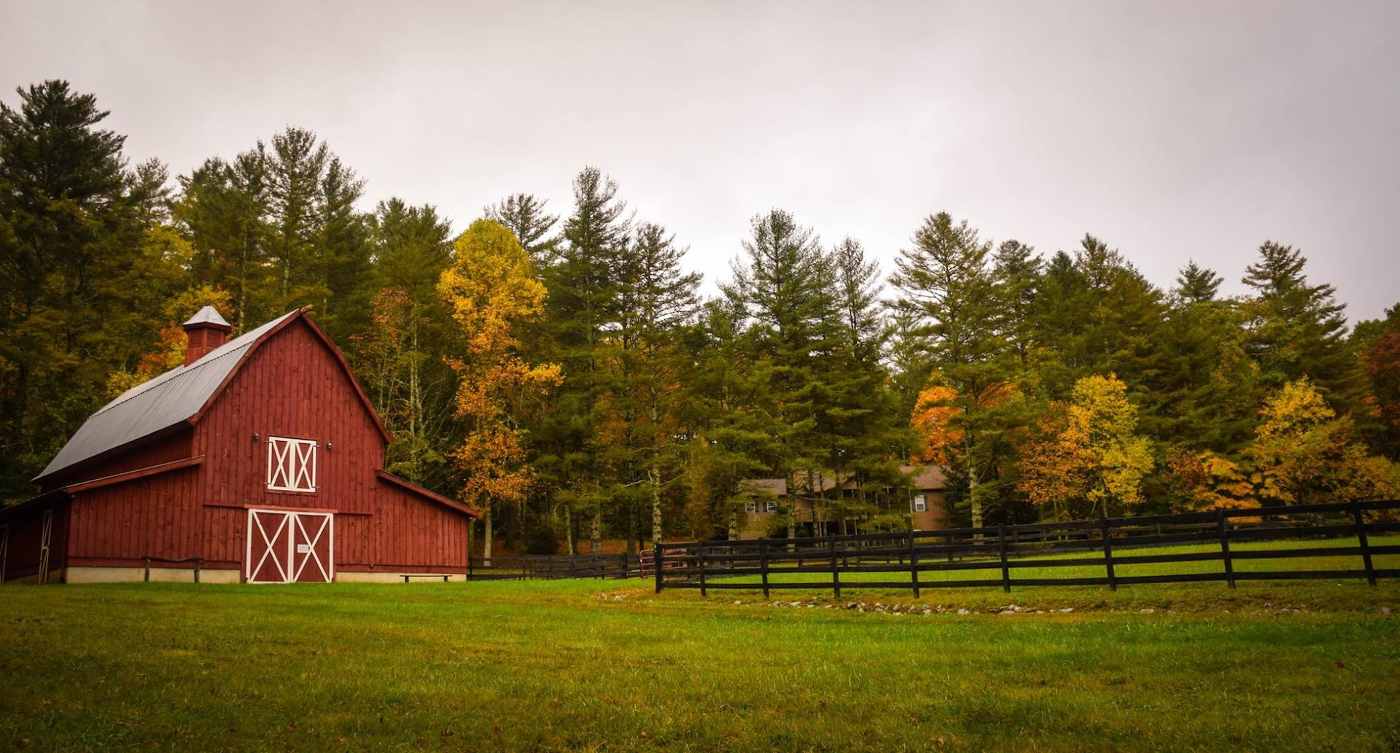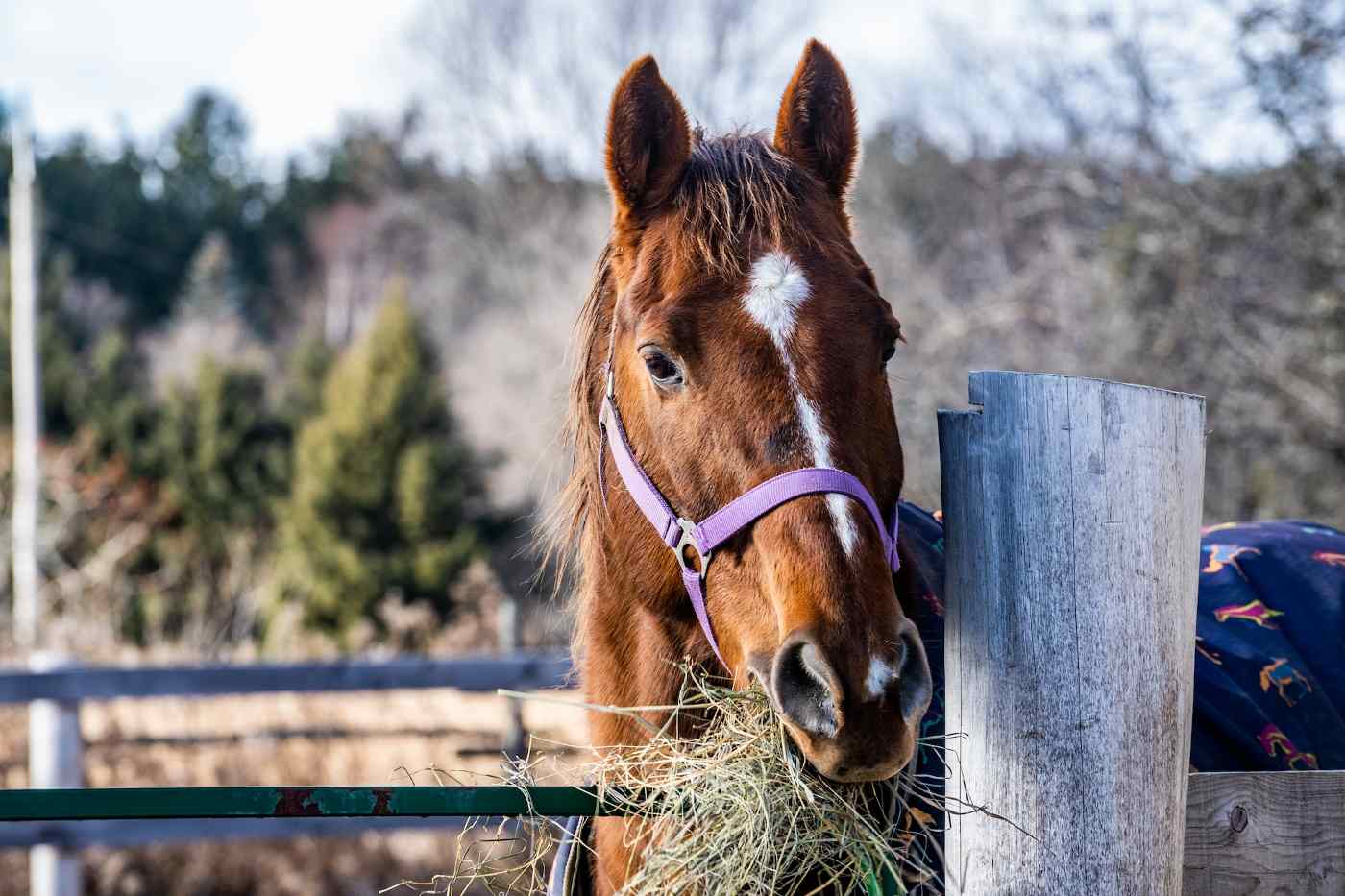Equipping a stable is more than just providing shelter for your beloved equines. It involves careful planning and selection of the various supplies and tools necessary for maintaining the health and happiness of your horses.
When starting from scratch, the easiest way for horse owners to equip their stables is to visit rural equine suppliers that offer various equine equipment designed to cater to horses' needs.
These suppliers can provide you with everything from feed to fencing, and if their staff is knowledgeable, they'll be able to make suggestions regarding what might be helpful in your own particular barn.
This article will delve into the world of essential equine supplies, offering insights on equipping your stable for efficiency and comfort.
Understanding Your Horse's Basic Needs
Like any other living being, horses have basic needs that must be met consistently. These include food, water, shelter, exercise and companionship. Prioritizing these essentials will go a long way in ensuring your horse's health and happiness.
Food and water are two of the most vital components of your horse's diet. High-quality feed and constant fresh, clean water must be provided daily. In addition, you should ensure your stable has proper storage facilities for feed to maintain its freshness and nutritional value (and to ensure pests don't become a problem).
For shelter, a stable protects against harsh weather conditions and predators. In addition to all the equine-specific supplies a barn needs to have on hand, prepare to stock your barn with all the usual DIY tools and equipment to manage plumbing, wiring and carpentry issues.
The Role of Grooming Supplies
Grooming is an essential part of equine care. It helps maintain the horse's coat and skin health and deepens your bond with your horse. A grooming kit usually contains a curry comb, body brush, hoof pick, mane and tail brush and a dandy brush. Remember to include towels and grooming wipes for a more thorough cleaning.
These tools help remove dirt, mud and loose hair from the horse's body. Regular grooming also allows you to inspect your horse for any signs of injury or disease. Likewise, picking out your horse's feet daily allows you to get to know your horse's hooves and spot issues before they become big problems.
The Importance of Horse Tack
Horse tack refers to the equipment used for riding or driving horses. It includes saddles, bridles, reins, bits and harnesses, among other things. Depending on your horse's specific needs and riding discipline, the type and style of tack you need will vary.
Each piece of tack plays a significant role in the control and comfort of both horse and rider. The tack must fit your horse properly to prevent discomfort or injury. Even if you don't have a dedicated tack room, your barn should be outfitted with saddle racks and hooks for bridles, harnesses and halters. Proper tack storage keeps your equipment in good shape over the long haul.
Medical Supplies Are Essential, Too
A well-stocked equine first aid kit is a must for any horse owner. Accidents and injuries can happen anytime, and immediate care can make a significant difference. The kit should include essentials such as wraps and bandages, antiseptic, wound dressing, thermometer and tweezers.
Always keep the kit easily accessible, and promptly replace used or expired items. Ask your vet for suggestions about what your first aid kit should contain.
Selecting Comfortable Bedding
Bedding serves to absorb urine and provide comfort for your horse when lying down. Various types of bedding are available, such as straw, wood shavings and rubber matting. Straw is generally more affordable, but wood shavings are more absorbent and may provide more comfort.
Using rubber matting in conjunction with bedding is a bigger up-front investment, but it's also a durable option that provides excellent cushioning and will probably save you money on bedding in the long run.
Choosing bedding that suits both your horse's preferences and your budget is crucial. Whichever type you choose, ensure it is kept clean and fresh to prevent health issues such as respiratory problems or hoof diseases.
Investing in High-Quality Feed and Water Supplies
Horses require constant access to clean water, so investing in a good water system is vital. Consider automatic waterers that refill themselves as the horse drinks, ensuring a constant supply. On colder days, heated water buckets can prevent freezing.
As for feed, sturdy buckets are important for providing your horse with regular meals. Always ensure feed buckets are clean to prevent the spread of diseases. There are a lot of conflicting opinions about hay nets, both for stable and paddock use, but many folks find them helpful for minimizing hay waste.
Stable Maintenance Tools Are a Must
Maintenance tools help keep the stable clean, making it a healthier environment for your horse. Essential tools include:
- Pitchforks for mucking out stalls
- Wheelbarrows for moving hay and manure
- Brooms for sweeping
- Rakes for the stable yard
- Shovels for picking up manure
- Scrub brushes and sponges for cleaning water and feed buckets
Investing in durable and efficient tools will make stable maintenance easier and more time efficient.
Providing Adequate Exercise Equipment
In addition to regular turnout, horses benefit greatly from additional exercise. Equip your stable with various exercise equipment to keep your horse fit and healthy. It could include lunge lines for lunging exercises, cones for agility training and even horse treadmills or walkers.
Planning for Pasture Management
Your fencing, gates and water troughs will all need to be maintained to keep your horse safe and well-cared for when turned out.
You could consider investing in manure management tools like a spreader to keep your pastures clean and fertile, but at the very least, be prepared to mend fences, repair gate latches and hinges and to replace or repair the occasional gate.
Safety Measures and Precautions
A crucial but often overlooked aspect of equipping a stable is installing safety measures and precautions. Horses are large and powerful animals, and accidents can happen even with the gentlest of equines.
Start with the basics. Ensure all doors, gates and latches are sturdy and function properly. Doors should be wide and tall enough to prevent the horse from getting stuck. Additionally, they should close securely to keep the horse safely contained.
Fire safety is another critical aspect. Install smoke detectors and have fire extinguishers readily available around the stable. For those with the budget, a sprinkler system can provide an additional layer of protection.
Storage Solutions and Organization
Equipping a stable also involves thinking about storage and organization. Supplies can quickly become cluttered without proper storage, making the stable less efficient and potentially hazardous.
Tack trunks, storage bins and shelving units can help keep your supplies organized and easily accessible. It's important to store items in a way that protects them from damage while also ensuring they're handy when you need them.
Conclusion
Equipping a stable involves carefully considering your horse's physical and emotional needs. It requires understanding the importance of each piece of equipment and making wise choices that ensure your horse's health, safety, and happiness.
By understanding your horse's needs and choosing the appropriate supplies from reliable suppliers, you're sure to create a well-equipped, functional and efficient stable.









